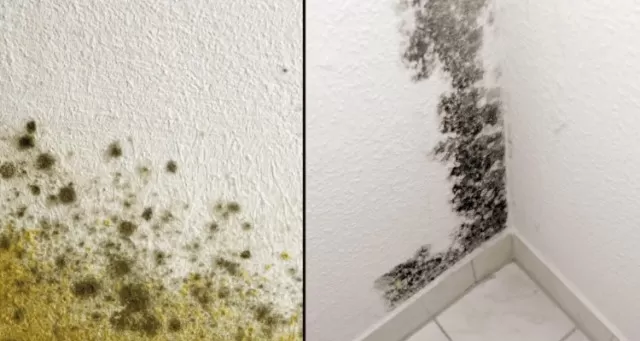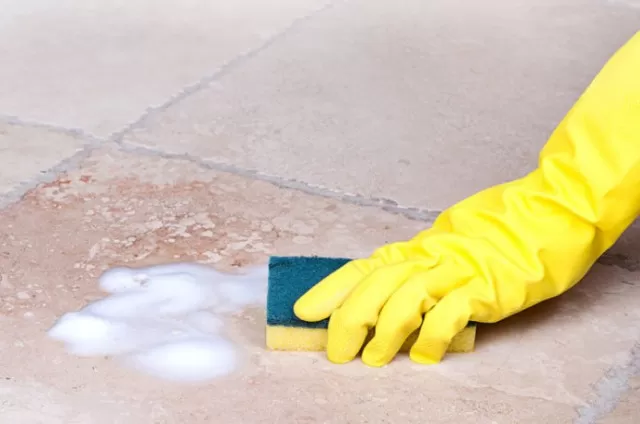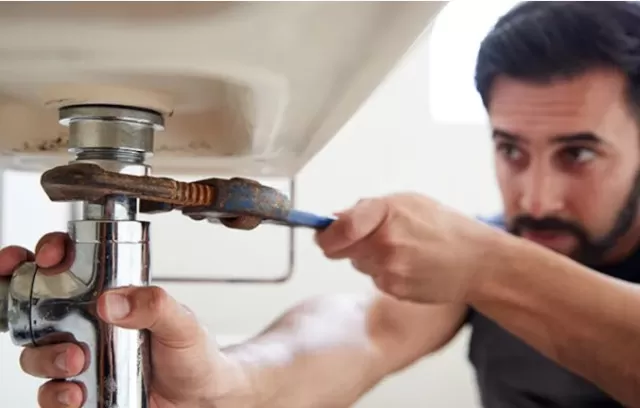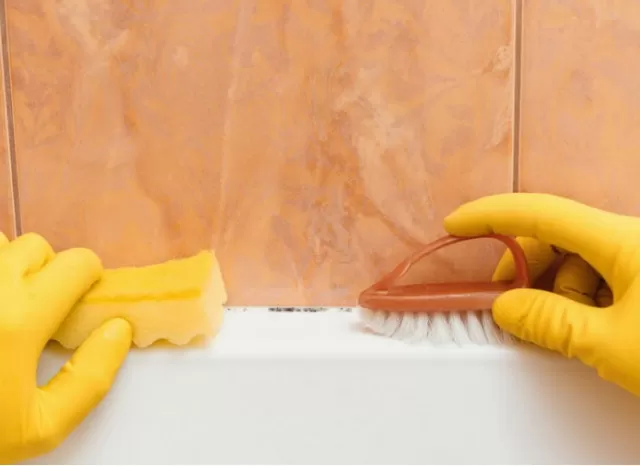7 Ways How to Eliminate Musty Odors in Your Home
Here are some tips to help you get rid of musty smells in your house:
Identify the source of the smell.
Increase ventilation.
Clean and declutter.
Use activated charcoal.
Use baking soda.
Use white vinegar.
Use essential oils.
Repair any leaks.
Seal any cracks.
Consider hiring a professional.
By following these steps, you can get rid of musty smells and prevent them from returning in your home.
Understanding the Causes of Musty Smells in Your Home

Musty smells in your home are often caused by mold and mildew growth, which thrive in moist and humid conditions.
These conditions can be created by a variety of factors, such as leaky pipes or roofs, high humidity levels, or even wet towels left in a pile. When mold and mildew spores begin to multiply, they emit gases that our noses can detect, resulting in a stale, earthy odor.
To prevent the growth of mold and mildew, it’s important to promptly clean small areas of mildew or mold and monitor the site to prevent return growth.
If the mold area is larger than 10 square feet, it’s recommended to seek professional mold abatement. By keeping your home dry and well-ventilated, you can help eliminate the conditions that promote the growth of mold and mildew and keep your home smelling fresh.
Are Mold and Mildew Harmful to Your Health??

It’s important to address mold and mildew issues in your home to prevent these health problems from occurring.
In addition to cleaning and preventing further growth, it’s also important to address any underlying issues that may be contributing to the problem, such as leaks or excess humidity. If you suspect a large mold problem in your home, it’s best to seek professional help to ensure safe and effective removal.
Remember, prevention is key to avoiding the hazards of mold and mildew.
Locating the Source of Musty Smells

Identifying the source of a musty smell in your home is crucial to getting rid of it.
It’s important to start your search in areas that are warm and moist, such as the bathroom, where mildew growth is common in the shower, on the shower curtain, and around sinks, tubs, and toilets. In the kitchen, leaks around the sink and dishwasher, as well as under and in small appliances that use water, like coffee makers and tea kettles, should be checked.
The trashcan should also be inspected for mildew growth under the disposable trash bag liner.
In the living areas and bedroom, check around window seals for leaks and under potted plants that can leak.
Additionally, inspect closets for mildew caused by storing damp clothes or shoes. It’s also important to check the attic, basement, and garage for damp areas around windows, water heaters, and vents.
In the laundry room, make sure to check for leaks around the washer and around the doors of front-load washers, which can harbor mildew.
It’s also crucial to ensure that the dryer vent is clean and that the outdoor vent is not blocked to promote good airflow and eliminate moisture.
How to Repair Leaks and Control Excessive Moisture to Get Rid of Musty Smells in Your House.

To control musty smells, repairing any leaks you find is essential.
Excessive moisture can also be controlled by installing ventilation fans, moisture barriers over damp soil, or redirecting water flow on the home’s exterior.
Increasing air circulation is another effective way to eliminate musty smells.
You can do this by opening windows and doors, turning on ceiling and attic fans, or adding fans to each room. Starting your HVAC system can also help draw out odors and capture mold spores in the filters.
Be sure to regularly replace the filters to keep them clean and effective.
Installing a dehumidifier can also help control moisture levels in your home.
Keep the humidity level no higher than 50% by using a hygrometer or humidity sensor to gauge the moisture level in your home. Some HVAC systems have dehumidifiers as part of the unit, or you can get a free-standing dehumidifier.
Just make sure to keep the dehumidifier clean and regularly empty the water-collection bin to maintain its effectiveness.
How to Clean Mildew: Tips and Tricks for a Mold-Free Home

If you notice mildew in your home, it’s important to get rid of it as soon as possible, either before or after addressing the underlying issue.
For small spots of mold, you can simply use warm water and dish detergent to wipe away the spores. For more moderate areas, a solution of 1 cup of chlorine bleach diluted in 1 gallon of water can effectively kill mildew on surfaces such as tile, grout, cement walls, and washable fabrics.
However, be cautious when using bleach and do not mix it with any other cleaning solutions that contain ammonia, as this can produce toxic fumes.
Alternatively, you can use distilled white vinegar, which is a natural and effective approach to cleaning mildew. Simply spray the area with vinegar, let it sit for an hour, and then scrub away the mildew with a sponge or microfiber cloth dipped in baking soda.
For washable fabrics, use the hottest water suitable for the material along with a heavy-duty laundry detergent.
For white fabrics, chlorine bleach can also be used. When cleaning mildewed shoes and dry-clean-only clothing, follow the manufacturer’s cleaning guidelines.
How to Get Rid of Mold: Tips and Techniques
Preparing for mold removal requires protective gear like goggles, rubber gloves, and a respirator/N95-type mask.
If the mold infestation is over 10 square feet, it is advisable to contact professionals for help. However, if you plan on tackling a smaller area, you will need a wet/dry vacuum, trash bags, a window fan, and the ability to seal HVAC vents.
To remove mold from hard surfaces, use detergent and water, and dry thoroughly.
If the mold has been eliminated, seal any wood surfaces with a pigmented shellac or oil-based primer. Repaint cleaned wall surfaces with mildew-resistant latex paint.
If the mold is hiding under wallpaper, or you cannot locate the source of the mold, it is best to contact a professional for help.
After remediation, fix plumbing leaks and other water problems promptly to prevent further growth.
How to Eliminate Musty Odors in Your Home
To eliminate musty odors, there are a few steps you can take.
Firstly, consider deep cleaning carpets and upholstered furniture to get rid of mildew spores. You can either do this yourself or hire a professional. It’s best to clean on a dry, breezy day so that fabrics can dry quickly.
Next, clean and declutter every space in your home, as stacks of papers and books can trap moisture and lead to a musty odor.
Dust and clean every surface and dispose of as much clutter as possible in every room.
You can also add odor absorbers, such as commercial products that use activated charcoal or a bowl of dry baking soda, coffee grounds, or kitty litter to help absorb odors.
Remember to change these products frequently.
Finally, once the mildew is gone, you can add a more pleasing scent by simmering spices or citrus peels, lighting candles, using diffuser sticks, essential oil diffusers, or commercial air fresheners.
*The information is for reference only.